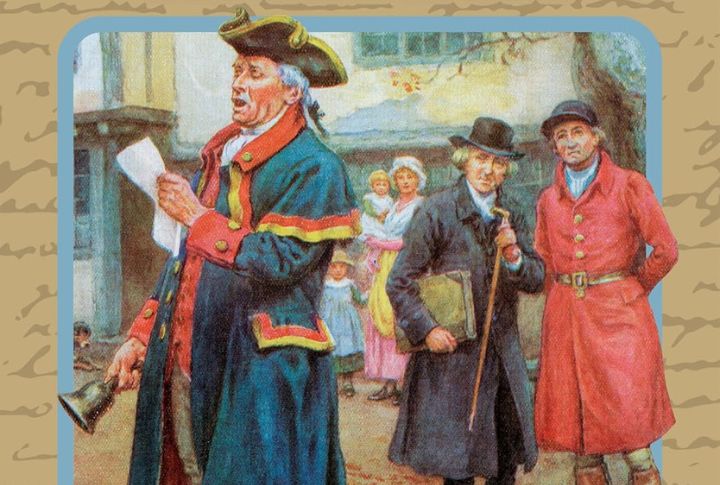
Colonial America is often painted with broad strokes, leaving many details clouded by myths and half-truths. These misconceptions shape how we view the past, but understanding the real story can be even more fascinating. Curious about what you thought you knew? Keep reading to uncover ten common myths and misconceptions deeply woven into American history.
Christopher Columbus Didn’t Discover America

While Christopher Columbus is often celebrated for discovering America, it couldn’t be further from the truth. During his famous 1492 expedition, he landed in the Caribbean and never set foot in North America. Several people and groups had led expeditions that arrived in North America centuries before 1492.
The Colonists Didn’t Have A Unified Language And Culture
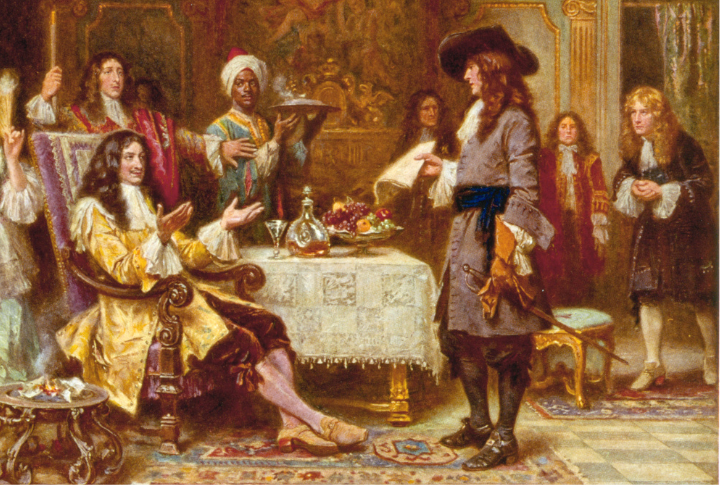
The early colonies were culturally diverse, with settlers speaking various languages and practicing different customs. Movies and Books portray settlers as being mostly English. Some settlers included the Dutch of New Netherland, the Swedes and Finns of New Sweden, and the English Quakers of the Province of Pennsylvania. This diversity sometimes led to misunderstandings and conflicts.
Independence Day Wasn’t July 4, 1776
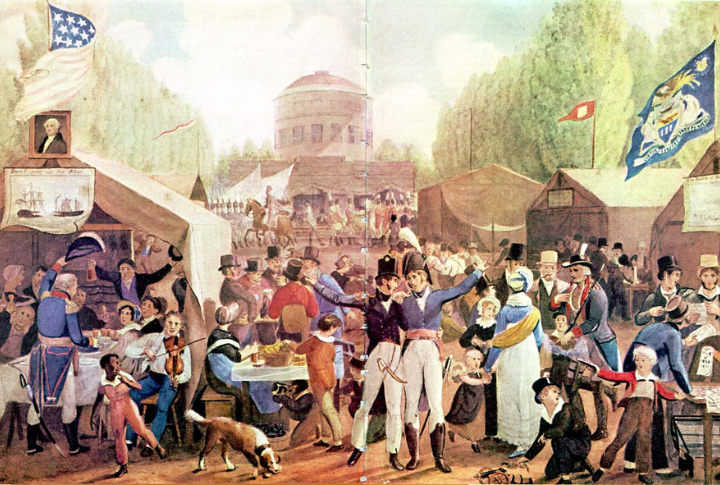
Although July 4 is celebrated as the day the Continental Congress Declared Independence, they had voted in favor of secession two days earlier. However, John Dunlap, who secured the contract to print broadside copies of the declaration, did so two days later. The publication date was boldly printed on top and adopted as Independence Day.
The Pilgrims Didn’t Land On Plymouth Rock
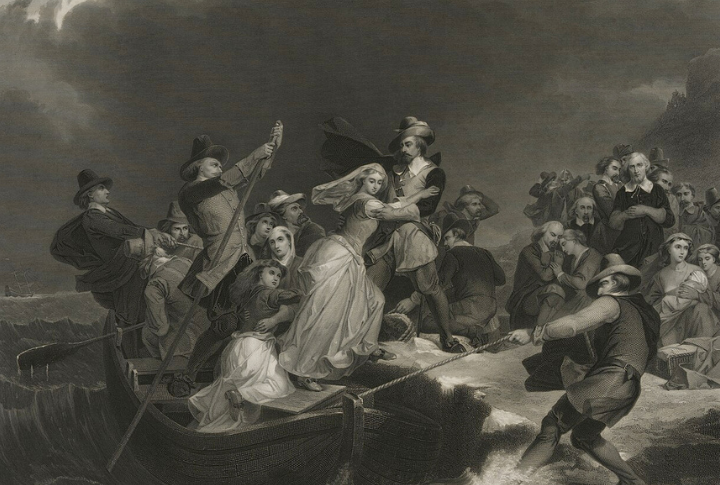
While the Pilgrims did settle in Plymouth, Massachusetts, there’s no evidence to suggest they specifically landed on Plymouth Rock. Firsthand accounts of the pilgrims’ arrival don’t mention the rock, and the association between the pilgrims and the stone emerged over a century later. Unfortunately, the rock is a symbolic rather than factual element of American history.
Pocahontas And John Smith Didn’t Have A Romantic Relationship
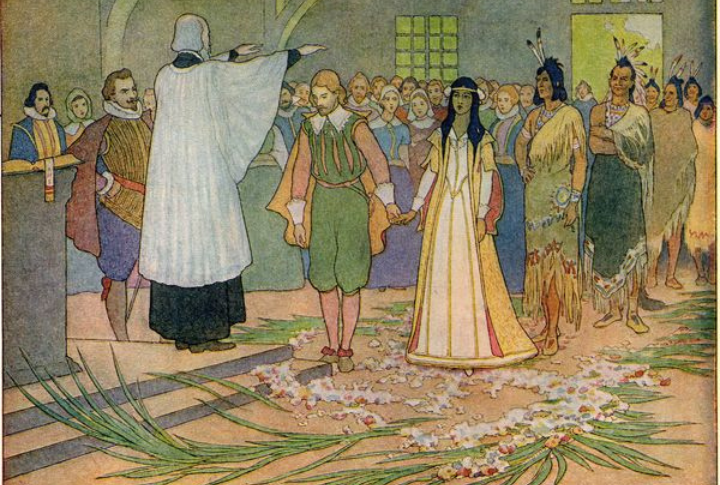
The popular narrative of a romance between Pocahontas and John Smith is largely a fabrication. Pocahontas was around 11 or 12 when she met Smith, and no evidence supports a romantic involvement. Entertainment companies popularized this myth to create a more palatable story of Native American and settler relations.
The First Thanksgiving Wasn’t A Harmonious Feast
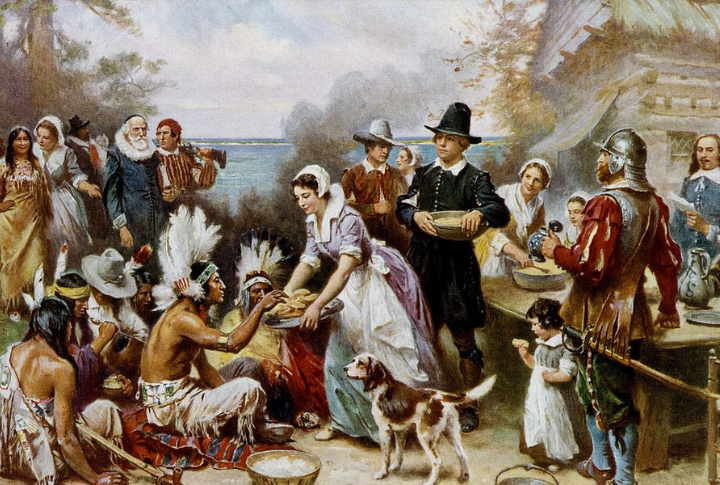
The 1621 gathering between the Pilgrims and the Wampanoag people is often romanticized as a harmonious Thanksgiving feast. While there was a shared meal, it was more of a diplomatic meeting. The Thanksgiving feasts today promote family and friendship, but the relationship between settlers and Native Americans after that first feast was fraught with tension and war.
The Colonies Weren’t United In The Quest For Independence
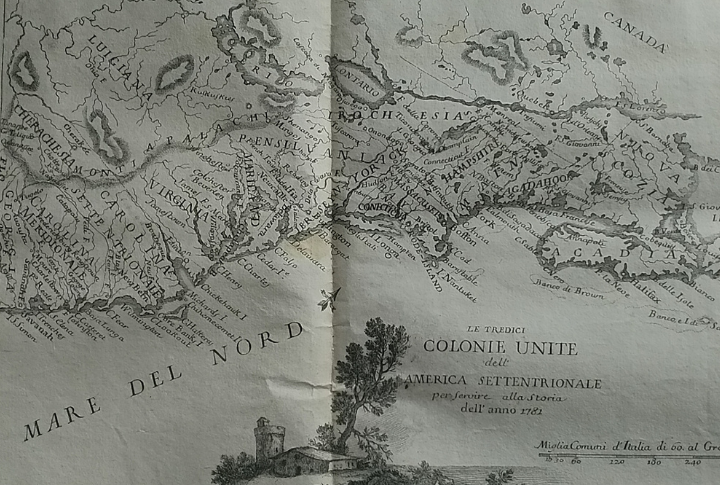
It’s a misconception that all thirteen colonies were united in their desire for independence. In reality, many people remained loyal to the British Crown, leading to internal conflicts and community divisions. One notable loyalist was William Allen, a wealthy merchant and jurist in Philadelphia.
Britain Wasn’t The Only Colonial Masters
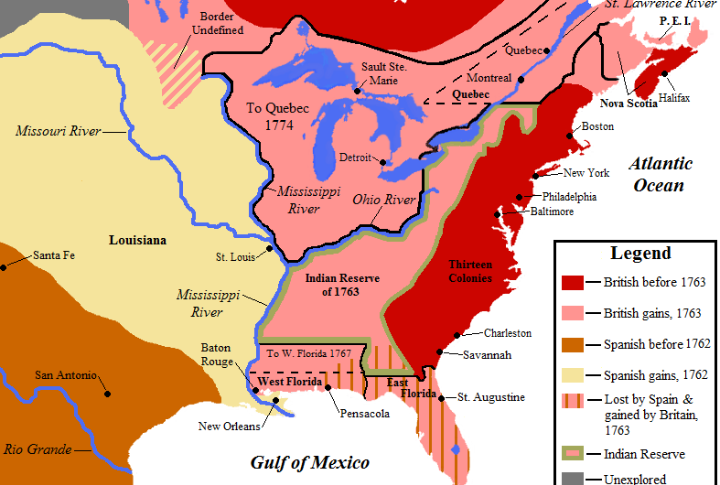
When people discuss the colonial masters of the United States, Britain comes to mind. Although other countries, including France, Netherlands, Spain, and Portugal, make up that list, Sweden is often overlooked. However, the Swedes once colonized New Sweden in the 17th century, part of present-day Delaware, Maryland, New Jersey, and Pennsylvania.
The Salem Witch Trials Weren’t An Anomaly
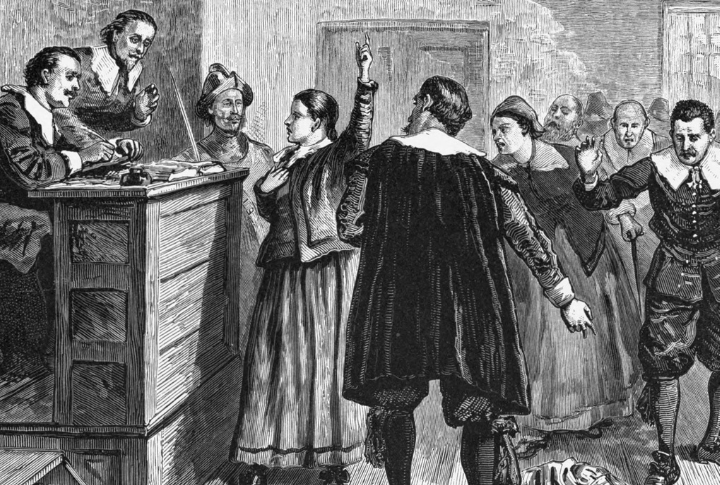
While the Salem witch trials are infamous thanks to portrayals in movies and books, they were not an isolated incident. Multiple witch hunts and trials throughout colonial America reflected widespread superstitions and tensions. For instance, the Connecticut witch trials in 1947 even preceded the 1692 Salem witch trials.
The Declaration Of Independence Didn’t Grant Immediate Freedom
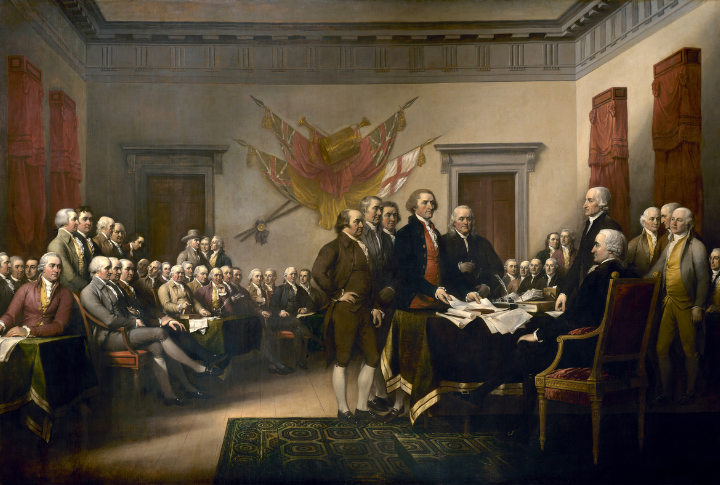
Like with most countries, independence doesn’t exactly take immediate. The Declaration of Independence, signed in 1776, declared the colonies’ intent to separate from Britain. Still, the decolonization of the United States continued for several years. The Revolutionary War, which ended in 1783, had a greater effect on the country’s actual independence.

